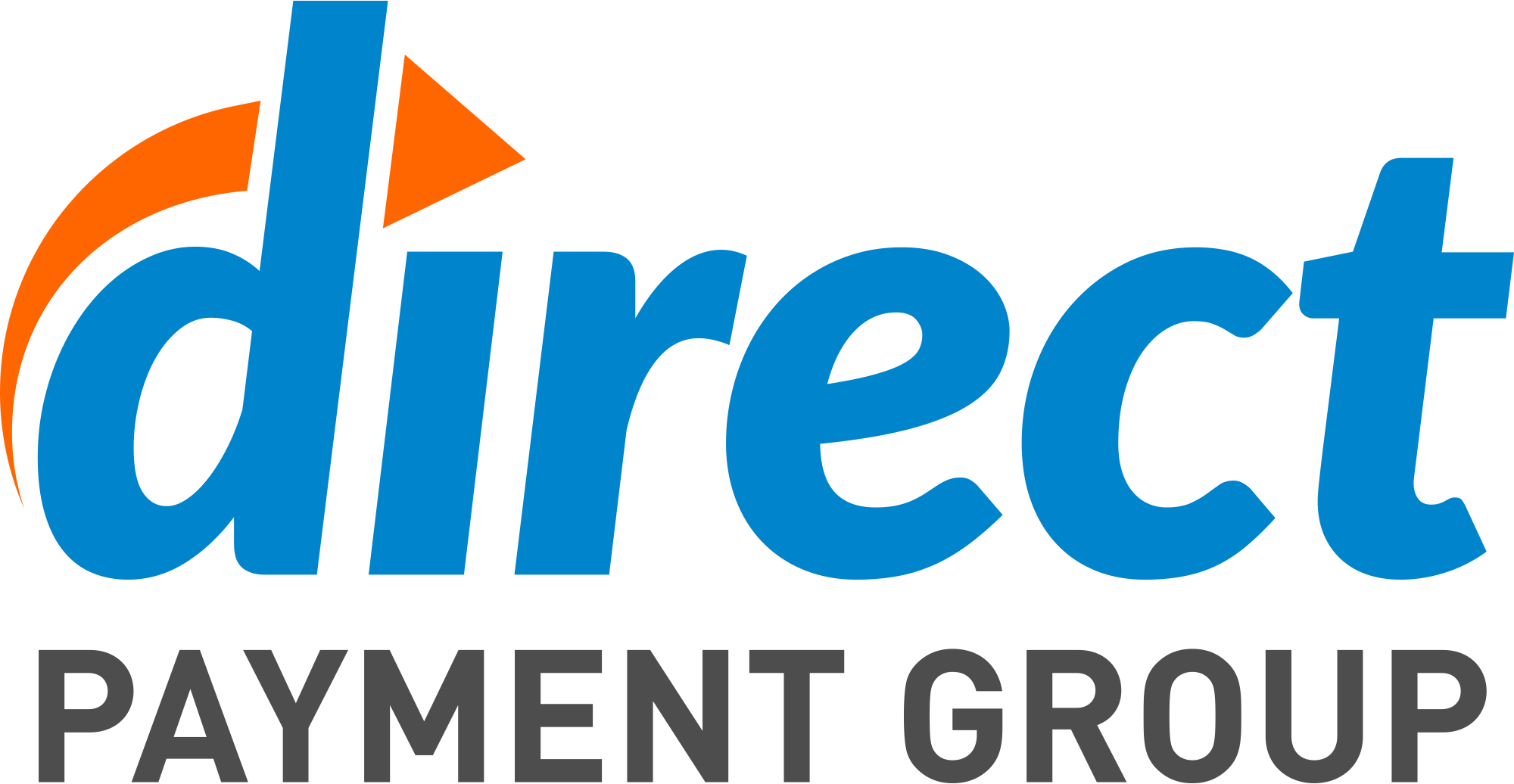Chargeback Survival Guide: How to Prevent & Manage Them
Chargebacks are more than just temporary inconveniences for your business. If you don’t have the appropriate tools in place, chargebacks could cost you a significant percentage of your revenue.
Your business faces chargebacks when consumers dispute their purchases with their bank or credit card provider. This can lead to your business losing the amount of the transaction and incurring additional fees.
Working through chargebacks requires all three parties involved – you, your customer, and your payment processor – to communicate and determine what precisely went wrong with the order in question and who is entitled to the funds.
When faced with a chargeback, you’ll have the opportunity to assess the reason code provided by the bank detailing why it is that the consumer – and, subsequently, the bank – have requested both the return of funds and a chargeback fee.
If you don’t actively try to prevent chargeback fees, they can really add up, and you may lose a significant percentage of your revenue over the course of a fiscal year. On top of that, dealing with chargebacks can be time-consuming, and receiving one too many can put your business at risk of losing your service provider. Fortunately, there are ways to avoid chargeback fees and to keep a relationship with both your consumers and their banks civil and financially-viable.
Chargeback Reason Codes
Reason codes as issued by banks come in a wide variety of forms. There are, in fact, 151 reason codes that a bank can issue to your business if you receive a chargeback. A credit card can also send you a few different reason codes, complicating the messages your business might receive if a client disputes a charge.
There is some good news, though. Reason codes break down into five primary categories. The categories that you may encounter include:
Fraud
The majority of chargebacks that come your way may fall under the fraud or “no authorization” category. These codes are in place to defend consumers from identity theft and similar misuse, and they address a wide variety of scenarios, including:
- Magnetic stripe fraud
- Keypad fraud
- Fraud involving multiple charges for a single transaction
- Identity theft
- Unrecognized transactions
- Instances involving the violation of card or banking network rules by the merchant in question
You may also receive one of these codes if the consumer’s bank opted to decline authorization of a transaction at the time of purchase, either due to the bank’s perception of fraud or an error involving one of the consumer’s bank accounts.
Cancellation of a Recurring Bill
Consumers also have the right to cancel recurring billings through your business should they no longer wish to benefit from the goods or services you provide. You might receive a reason code that falls within this category if a consumer claims that:
- They continue to be billed for goods or services that they no longer benefit from.
- A merchant allowed a subscription or similar relationship between a client and themselves to run even after said merchant was informed of the client’s cancellation.
- The credit or debit card that the client used to arrange a recurring transaction expired.
- The consumer did not understand the terms of a recurring transaction.
Products & Services
You may receive a products and services code if a consumer claims to have taken issue with a product or service received from your business, regardless of whether that purchase was made online or in-person. Reason codes in this category can address instances including:
- When the product in question was deemed ineffective, defective, or to have differed from its original description
- When the product was damaged during the shipping process
- When the product was lost during the shipping process
- When the consumer did not receive the goods or services they paid for
- When the consumer returned the product they purchased but did not receive a refund for those goods
- When a banking error or another mechanical mishap marked a credit charge as a debit charge or vice-versa
Hotels merit their own reason code within this category. Consumers wishing to challenge a “no-show” charge from a hotel may dispute the claim with their bank, at which point the hotel may receive a reason code and chargeback from both the consumer’s credit card provider and the bank in question.
Liability Shift
This affects in-person transactions. Liability shift reason codes came into effect in 2015 when the United States shifted towards the use of credit and debit cards with chips. These codes continue to apply to businesses that fail to provide their consumers with the means to make a purchase via a chipped credit or debit card.
The only time that you might see one of these chargeback codes come your way is if your brick-and-mortar shop is not equipped with a functional chip reader. If you don’t have one of these readers on the premises, then a consumer who wishes to question a purchase made in your business may note to both their bank and credit card provider that they possess a chipped credit card, attempted to use it, and had to resort to using a magnetic strip when not provided with the appropriate facilities to protect their private data.
Other Means
Consumers may also choose to dispute a charge through your business for reasons that fall outside of traditional reason codes. Certain catch-all reason codes meant to address these situations can include:
- A consumer wants to dispute the amount they were charged on an international transaction.
- A consumer provided either the bank or credit card company with an alternative proof of payment, suggesting that they used another means to secure their purchase.
- A consumer’s dispute cannot be classified by an existing reason code.
Note that a consumer’s bank does not have to note the reason that a consumer has chosen to dispute a particular claim. To avoid doing so, however, the bank will have to inform your business that it’s not specifying the charge – an action that has its own code as well as individualized reason codes through active credit card companies.
Did you know?
You can figure out your business’s chargeback rate through a simple math equation. It’s called the chargeback-to-transaction ratio, and you divide your total chargebacks by the total number of transactions over a month.
Chargebacks & Complicating Factors
You may find yourself facing chargebacks for a myriad of reasons, all of which can be addressed by the aforementioned reason codes. While the amount of time a consumer has to challenge a purchase recorded in their bank account will vary based on the bank in question, most banks will issue a chargeback within 120 days of the initial purchase of a good or service. The consumer in question will not have to go through your business to issue a chargeback but rather only has to issue a complaint with their bank to get the process started.
These processes can grow more complex if the consumer in question made their payment to your business through a third-party like PayPal. These third-party sites will still let you communicate with the consumer’s bank, sending over a reason code along with information about the chargeback. However, third-party platforms can also drag out the chargeback process, leaving your business in a financial bind for up to three months.
The Chargeback Process
The process through which a chargeback travels from the consumer to your business involves a lot of intercommunication between that consumer’s bank, their credit or debit card provider, and you. From start to finish, this process often involves the following steps:
- A consumer must bring forward concerns about a purchase to their bank.
- The bank will extend a credit to that consumer, refunding the cost of the purchase that’s been contested.
- The bank will request additional information about the purchase from the card provider.
- The bank, card provider, or both will issue a reason code to the merchant in question.
- Merchants, at this point, have the option to pay the chargeback or to contest it.
To contest a chargeback, your business must send both the charge and evidence that the charge was made in good faith – information usually detailed in a rebuttal letter summary – to the bank in question. The bank will then consider the newly-submitted evidence and come to a decision regarding whether or not the consumer in question should retain their refund credit.
Note that all parties involved in this process, upon finding themselves dissatisfied with the proceedings, may request that the charge be reviewed. If no party can come to an agreement regarding the state of a purchase, that purchase enters an arbitration phase, during which the credit or debit card provider involved in the process will assess the case and determine how best to address it.
Chargeback Best Practices
Under ideal circumstances, you’ll want to keep your chargeback rate below one percent to keep your customers happy and your business in good standing If you’ve had trouble with chargebacks in the past or are looking to avoid them, you can:
Make Your Return & Refund Policies Crystal Clear
One of the easiest ways to prevent chargebacks is to make sure your consumers know what your return and refund policies look like. If you can, make these policies highly visible both on your website and in your brick-and-mortar shop, if applicable. Consumers who understand what kind of agreement they’re stepping into upon purchasing a product or service from you may be more willing to reach out and work with you directly if they’re not satisfied with their product than they will be tempted to run to their banks.
Request Customer Security Information
When you request that consumers make accounts on your platform at the time of purchase, you’re killing two birds with one stone. For starters, you’re encouraging that consumer to return to your platform in the future. More importantly, though, you’re limiting the risk of consumer fraud and, in turn, chargebacks. When consumers have to go through security questions at their time of purchase, you’re protecting their data while also ensuring that they understand the purchase that they’re making. In short, you’ll have more material on hand if a chargeback does come your way to defend the purchase that was made.
Cultivate Your Customer Support Network
You can’t prevent a consumer from requesting a refund on a product or otherwise questioning their purchase. You can, however, provide your consumers with a myriad of different ways to contact your business’s representatives.
Make sure that your consumers have ready access to a live chat, call-based customer support, or even an on-site FAQ that they can reference if they have questions about their purchases. By ensuring that consumers can get in contact with someone associated with your business, you facilitate a better business-to-client relationship and, in turn, limit the number of chargebacks you might face if customers find themselves dissatisfied with a product or service.
Ship Your Products On Time
When you own and operate a small business, it’s easy to let time get away from you. If you make a point, though, of consistently shipping your products safely and within a stated margin, you’ll cultivate a better relationship with your customers. Furthermore, customers will come to trust your business, knowing that if mistakes were made involving the product or service they requested, you may not be the source.
Invest in Fraud Screening & Additional Security Measures
One of the best ways to prevent chargebacks is to make sure that you have the appropriate security measures in place online and in a brick-and-mortar shop. If you choose to encrypt consumer transactions, delay customer billing, and take other essential steps to protect customer data, you’ll encounter fewer instances of consumer fraud. In turn, you won’t see as many chargebacks citing fraud as the reason you now have to front a services fee.
Chargeback Tools
There are a wide variety of software tools designed to help your business avoid chargebacks. These tools can provide your business with additional anti-fraud measures, point-of-sale security, and chargeback assessments meant to help you recover what revenue you can, should you face an applicable fee. But choosing the right tools for your business can seem overwhelming.
There’s no reason for your business to face egregious chargeback fees. If you’re looking for a way to better protect both your revenue and your consumers’ interests, Direct Payment Group has the solutions you need.
Direct Payment Group offers you access to a plethora of in-platform chargeback protection tools meant to help you address reason codes and limit the fees your business might otherwise face, all without alienating your consumers. Click on the button below to schedule a consultation with a chargeback expert.






